We have so many regular customers – faces that we’ve known and enjoyed serving over the years, but it’s always nice when new customer catches our eye.
25 year old Daniel Kemeys is a visual effects artists for Framestore and has worked on projects such as Guardians Of The Galaxy 2, The Martian and Suicide Squad. Prior to that he was at MPC and was part of the compositing team that won the VFX Oscar for Disney’s The Jungle Book.
To have such a wealth of experience under his belt at such a young age is impressive enough, but it was Daniel’s short film ’10 Days, One Road’ that caught our eye. Shot in Iceland using a Phantom 4 Drone and a Sony A7R II, the film captures the stunning landscape and diverse weather conditions that Daniel and his girlfriend experienced on their 10 day road trip.
We weren’t the only ones impressed. National Geographic Traveller recently featured it as their video of the week.
10 Days, One Road from Daniel Kemeys on Vimeo.
We caught up with Daniel over a coffee in the Fixation showroom to find out more about his work.
Thanks for taking the time to chat to us Daniel. Can you tell us a little bit about yourself?
No problem Tim, thanks for having me! Yeah, well my name is Dan, I was born in Wales, studied at the University of South Wales and now I’m currently living in London. I’m a digital Compositor for films, currently knee deep in action working on an exciting Marvel project at Framestore.
How much planning goes into a project like 10 Days, One Road?
Well, it’s a bit of a tough question, a lot of planning goes into where you want to travel especially when road tripping around an island for ten days! Planning ahead and booking was a big factor but there are advantages and disadvantages to planning everything ahead of time. I’d say the most time goes into location research, then you can get a rough idea of what you want to shoot, but it’s all totally down to the moment of when you’re there and weather conditions.
 © Daniel Kemeys
© Daniel Kemeys
Did you shoot many stills to almost provide an ongoing storyboard or were the sequences made up on the fly?
Usually when I’m doing projects I find storyboarding a crucial process… but travel films are totally different, you just shoot what ever you can, get the most content possible and then shuffle through and pick the best bits to put something together at the end. It’s kind of nice, it’s making the most out of what you can’t control. I like that, a true artist comes out when they have to work with what they’ve got. For us, we wanted to capture a narrative and our journey travelling, not just what we saw as this was going to be a diary for us to look back on.
So it was a question of gauging the surroundings and working with the conditions?
Totally, capture everything as much as possible and hope for the best when it comes to footage. Then you need to put in the work to make sure it all fits together and flows, which can be the most difficult part.
 © Daniel Kemeys
© Daniel Kemeys
I’ve read that you particularly wanted the piece to have a filmic look. How did you achieve that?
Yeah, for sure. I’m a big fan of the filmic look and film in general. It’s pretty difficult and expensive to take a film camera on a trip when filming everything is your main objective, so I looked into different grain overlays that I could apply in post, used some lens effects to separate the channels to give the footage some subtle chromatic aberration. Then I looked at the colours you find in film, the punchy contrast and mellow hues were a big factor in my film, nothing was oversaturated.
 © Daniel Kemeys
© Daniel Kemeys
Hana and I had a particular vision for the film already, wanting a strong travel narrative of our experiences. We’d sit down and have a daily review of each version, almost like I would have my work reviewed by my supervisors at work. Basically my girlfriend was my supervisor, haha.
Do you have any more projects like this planned?
Yep, I have a pretty big personal project on the go called “The Forgotten Nation.” I’m super excited to share this one but I have a hefty amount of work ahead of myself. I have a few other projects in the works, 2 particularly large ones off the back of the Iceland film, they’ll be very fun also as we’ve partnered with with some cool brands.
 © Daniel Kemeys
© Daniel Kemeys
You obviously have a passion for cinematography but I understand you’re also a keen stills photographer. Do you often look for ways to combine the two mediums or do you prefer to keep your work separate?
I do like to have fun with both, I usually shoot a mixture of stuff. I really like posters, so I’ll always snap a still but with a cinematic style. I find stills so powerful. The amount you can take from a still image is pretty exciting, especially if it’s continued into moving images. I’m a big fan of thumbnails, especially on Vimeo, I’ll watch something if I like the thumbnail and the typeface used.
I’d say I’m a pretty decent photographer. I’m still learning and growing as a photographer and I like to think of myself as a sponge in all aspects of this industry. I’ve been involved in video for so long now I find it second nature, even though I’m always learning. I’ve always been pretty confident with moving images. I’d really like to push my limits and get a hold on the photography game, learn portraiture, and read some books on photography while travelling and shooting.
 © Daniel Kemeys
© Daniel Kemeys
You’ve been involved in VFX for a few years now. How quickly do you think the industry is changing?
Yep, almost 3 years now as a professional, the industry is changing rapidly, the skill level has risen inside the industry and in the university circuit. It’s a competitive industry. I’m loving my life at the moment as I get to work on the coolest films day in day out and my eye is getting trained for much larger things than just VFX. I find myself having incredibly high standards in all areas of content creation, from photos, film, VFX & design, everything must be beautiful and most importantly, I want everything that I produce to capture a story of some kind.
 © Daniel Kemeys
© Daniel Kemeys
Where do you see yourself in 10 years time?
10 years is a long time. I don’t really like to look that far ahead usually but I’d be a pretty experienced VFX artist by then… if I remain in the industry, I’d either be a VFX supervisor or before I ever get that far I’d depart the VFX industry to peruse my own independent ventures, creating my own films, running my own business… who knows? I don’t see a ceiling, that’s what I love about this journey I’m on, I have many options and I’m open to opportunities.
Gareth Edwards used to be a VFX artist… he directed Star Wars: Rogue One last year… so maybe I’ll direct a Star Wars movie in 10 years, haha!
I know I’ll be doing something cool, which is all I care about in all honesty. You can see more of Daniel’s work on his Vimeo feed here,
Daniel was talking to Tim Stavrinou

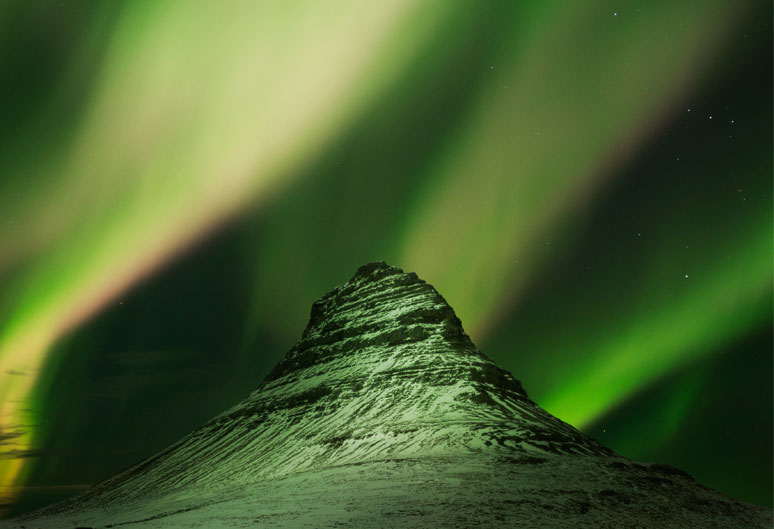
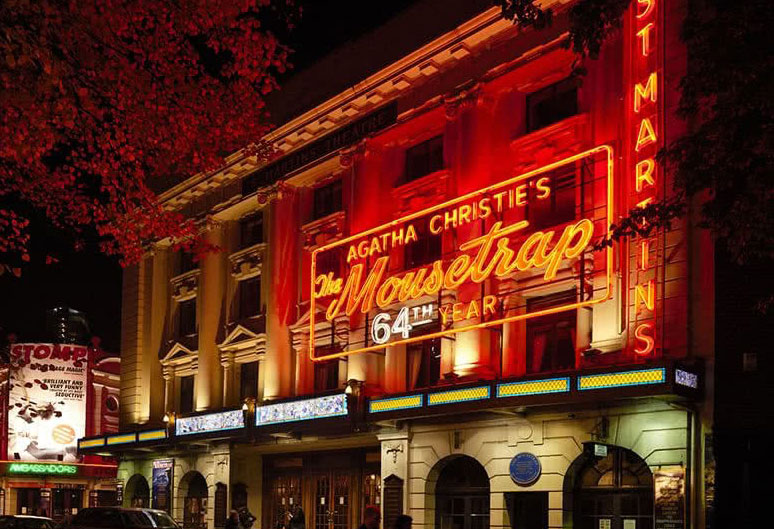









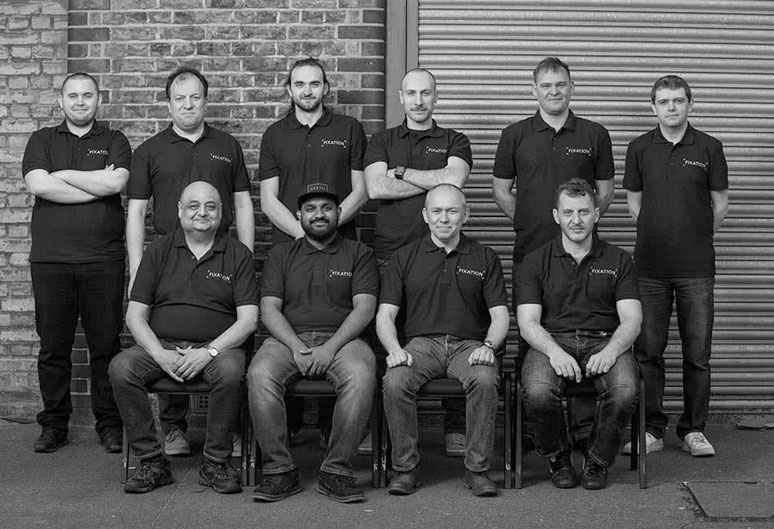

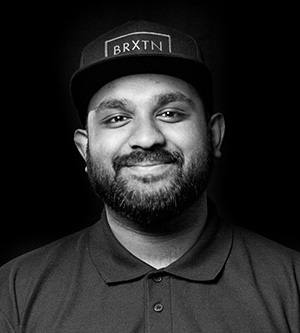 Arison
Arison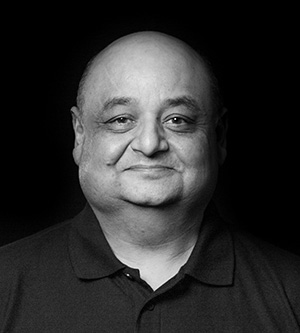
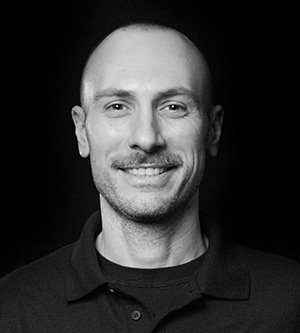 Luigi
Luigi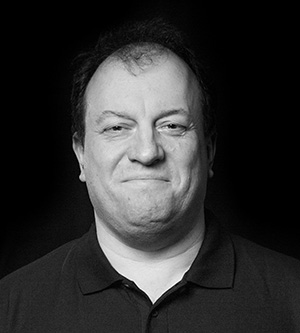 Aleksejs
Aleksejs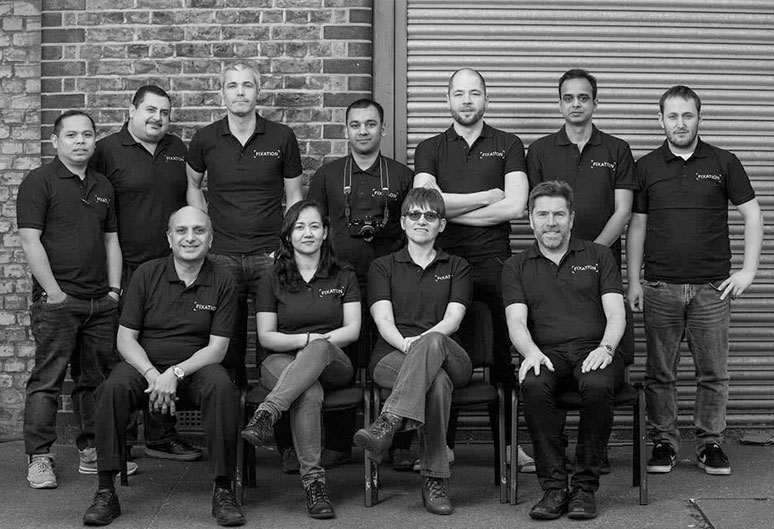

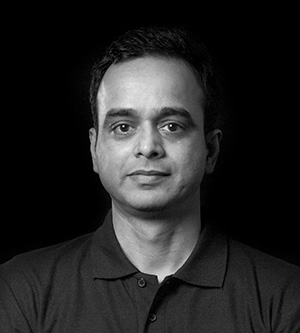 Sunny
Sunny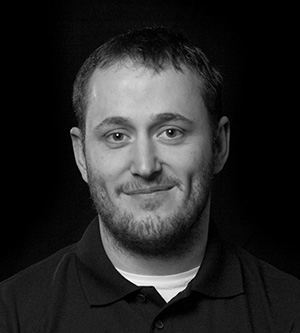
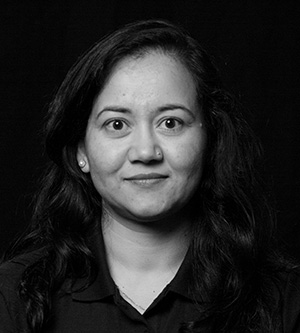 Pabita
Pabita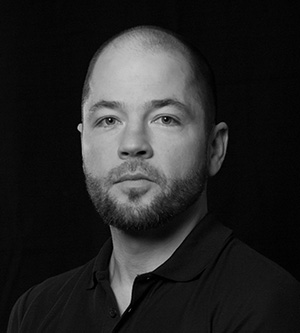 Tom
Tom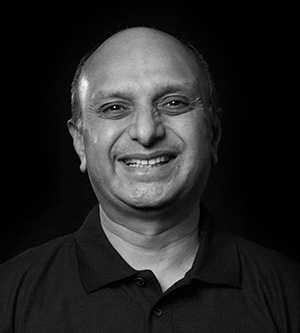 Jay
Jay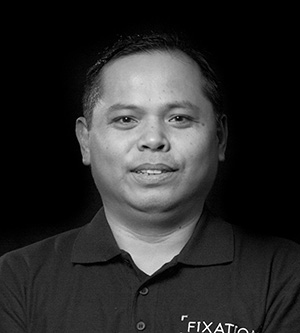 John-Jay
John-Jay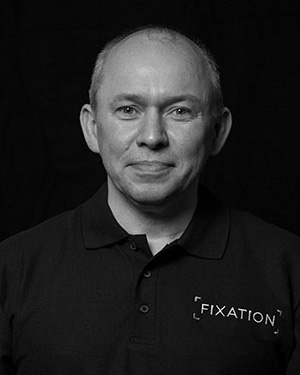 Mick
Mick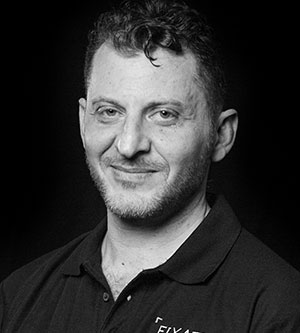
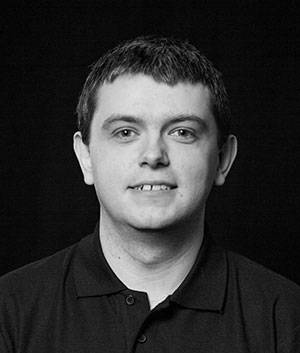 David
David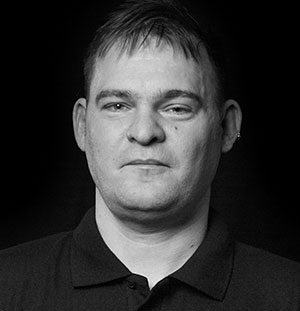 Stuart
Stuart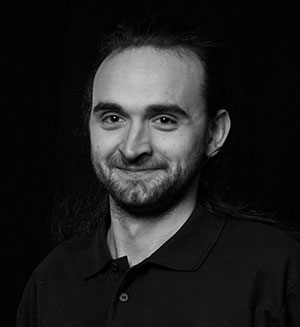 Alfie
Alfie